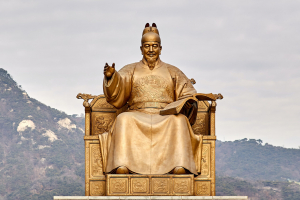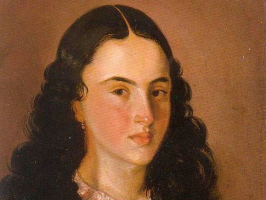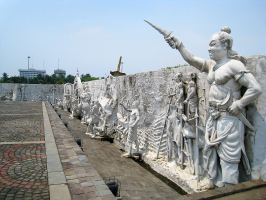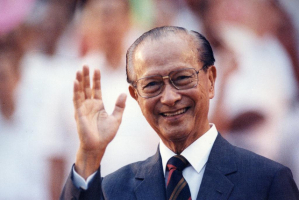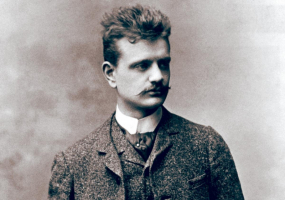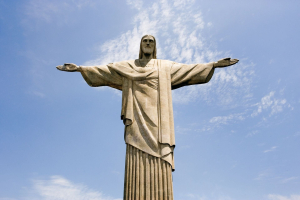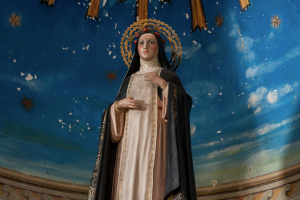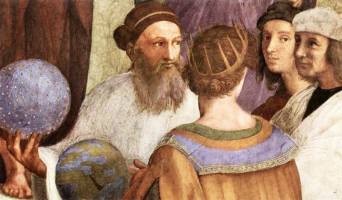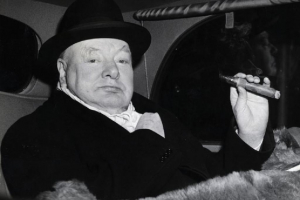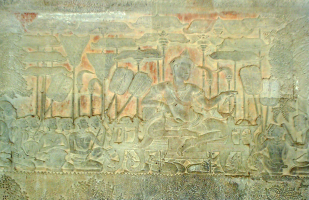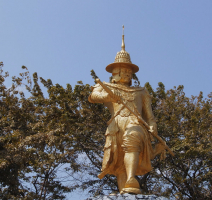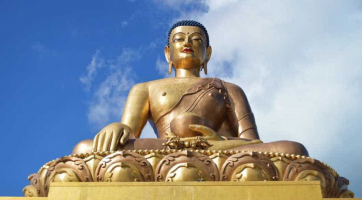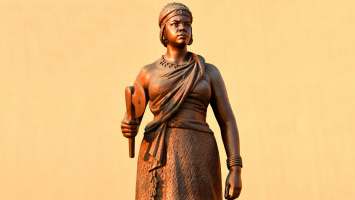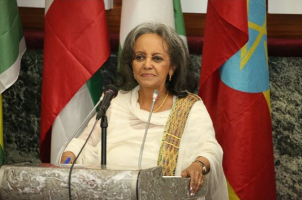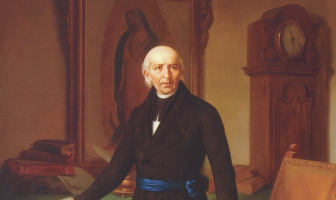Top 5 Most Important Historical Figures In Cuba
Cuba is an island country that includes the island of Cuba, Isla de la Juventud, and other minor archipelagos. Cuba is situated at the confluence of the ... read more...northern Caribbean Sea, the Gulf of Mexico, and the Atlantic Ocean. Cuba, like any other country, has historical people that have made significant contributions to the country. Discover the most important historical figures in Cuba with Toplist.
-
One of the most important historical figures in Cuba is Fidel Alejandro Castro Ruz. He (13 August 1926 – 25 November 2016) was a Cuban revolutionary and politician who served as the country's prime minister from 1959 to 1976 and president from 1976 to 2008. He was a Marxist-Leninist and a Cuban nationalist, and he was also the first secretary of the Communist Party of Cuba from 1961 to 2011. Cuba became a one-party communist state during his presidency; industry and business were nationalized, and state socialist reforms were adopted across society.
Castro, the son of a wealthy Spanish farmer from Birán, Oriente, developed Marxist and anti-imperialist ideals while studying law at the University of Havana. He plotted the overthrow of Cuban President Fulgencio Batista in 1953, after taking part in rebellions against right-wing governments in the Dominican Republic and Colombia. After a year in prison, Castro moved to Mexico and founded the 26th of July Movement with his brother Raul Castro and Ernesto "Che" Guevara. When Castro returned to Cuba, he played an important part in the Cuban Revolution, leading the Movement in a guerilla struggle against Batista's forces from the Sierra Maestra. Following the revolution of Batista in 1959, Castro gained military and political control as Cuba's prime minister. Adopting a Marxist-Leninist development model, Castro transformed Cuba into the Western Hemisphere's first one-party, socialist state ruled by the Communist Party. Policies instituting central economic planning and expanding healthcare and education were followed by official control of the press and internal opposition suppression. Castro backed the construction of Marxist governments in Chile, Nicaragua, and Grenada, as well as sending soldiers to aid friends in the Yom Kippur War, the Ogaden War, and the Angolan Civil War. These actions, together with Castro's leadership of the Non-Aligned Movement from 1979 to 1983 and Cuba's medical internationalism, raised Cuba's international profile. Following the dissolution of the Soviet Union in 1991, Castro guided Cuba through the "Special Period" economic crisis, embracing ecological and anti-globalization beliefs.
Castro, the longest-serving non-royal head of state in the twentieth and twenty-first centuries, polarized views around the world. His admirers regard him as a socialist and anti-imperialist whose revolutionary administration improved economic and social justice while ensuring Cuba's independence from US influence. Critics label him a dictator whose administration presided over human rights abuses, the exodus of many Cubans, and the country's economic decline.
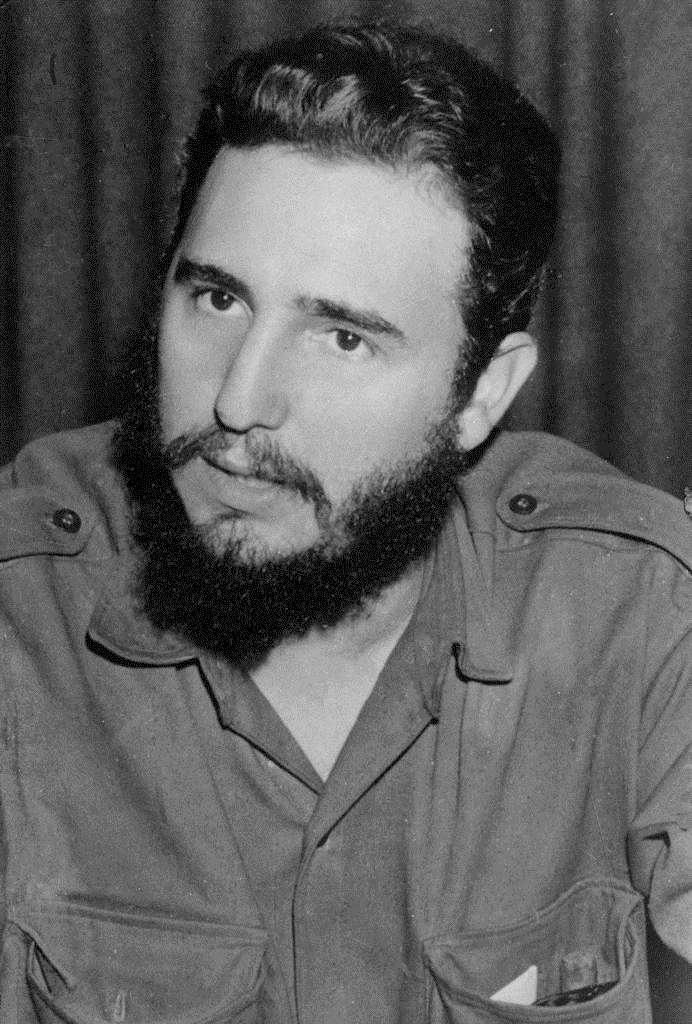
en.wikipedia.org 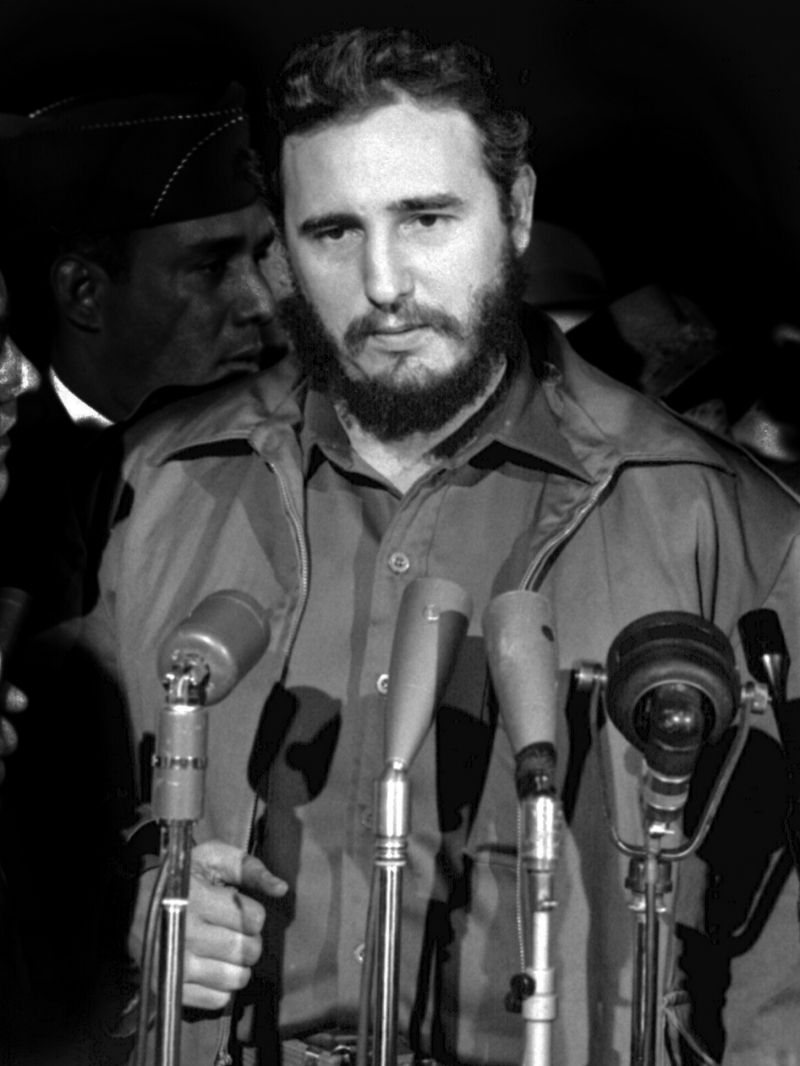
wa.wikipedia.org -
Ernesto "Che" Guevara (14 June 1928 – 9 October 1967) was an Argentine Marxist revolutionary, surgeon, writer, guerrilla leader, diplomat, and military theorist. His stylized visage, as a significant character of the Cuban Revolution, has become a ubiquitous countercultural emblem of defiance and global insignia in popular culture.
Guevara traveled throughout South America as a young medical student and was politicized by the poverty, starvation, and disease he witnessed. Later in Mexico City, Guevara met Raul and Fidel Castro, joined their 26th of July Movement, and went to Cuba on the yacht Granma with the purpose of ousting Cuban dictator Fulgencio Batista, who was supported by the United States. Guevara quickly rose to prominence among the guerrillas, was appointed second-in-command, and played a key part in the two-year guerrilla campaign that brought down the Batista regime.
Guevara was a significant figure in the new Cuban government after the revolution. Among these were reviewing appeals and firing squads for those convicted as war criminals during the revolutionary tribunals, instituting agrarian land reform as Minister of Industries, spearheading a successful nationwide literacy campaign, serving as President of the National Bank, and instructional director for Cuba's armed forces, and traveling the world as a diplomat on behalf of Cuban socialism. Guevara was also a prolific writer and diarist, having written a seminal guerrilla warfare manual as well as a best-selling memoir about his adolescent continental motorbike adventure. Guevara fled Cuba in 1965 to promote continental revolutions in Africa and South America, first in Congo-Kinshasa and then in Bolivia, where he was caught and ruthlessly killed by CIA-assisted Bolivian forces.
Guevara is a revered historical figure through a plethora of biographies, memoirs, essays, documentaries, songs, and films. Guevara has become a defining symbol of different left-wing movements. His adversaries on the political right, on the other hand, accuse him of encouraging authoritarianism and endorsing violence against his political opponents. Despite debates about his legacy, Time magazine ranked him one of the 100 most influential people of the 20th century, and the Maryland Institute College of Art cited an Alberto Korda portrait of him, titled Guerrillero Heroico, as "the most famous photograph in the world."
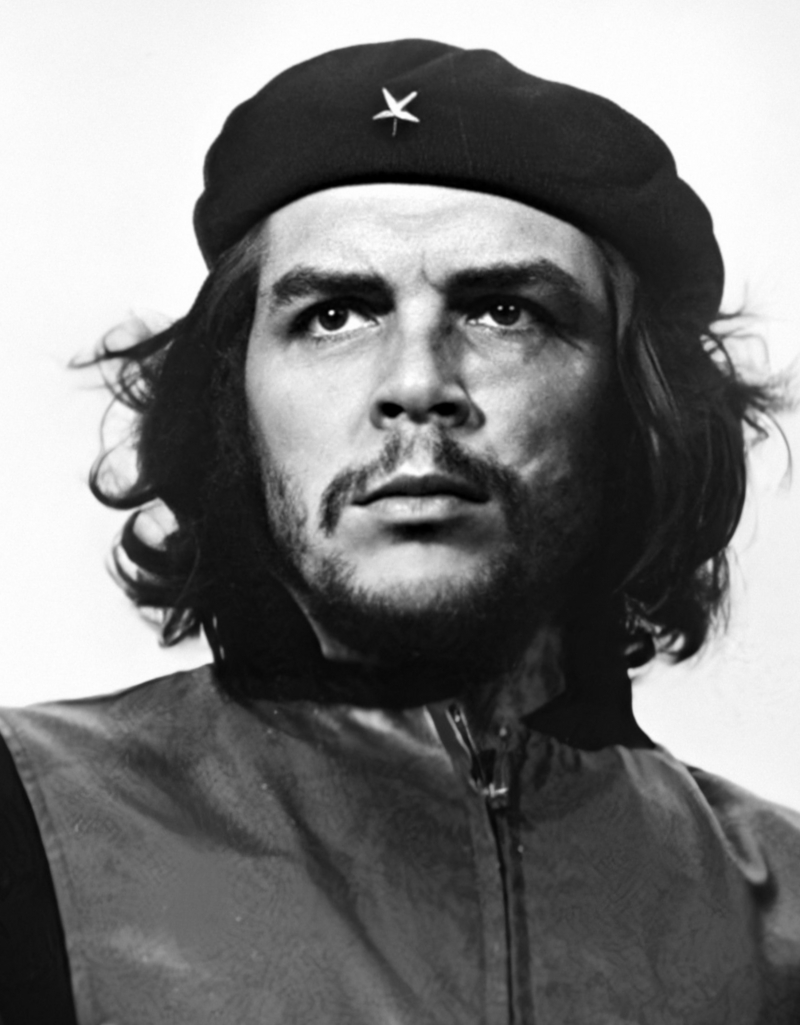
en.wikipedia.org 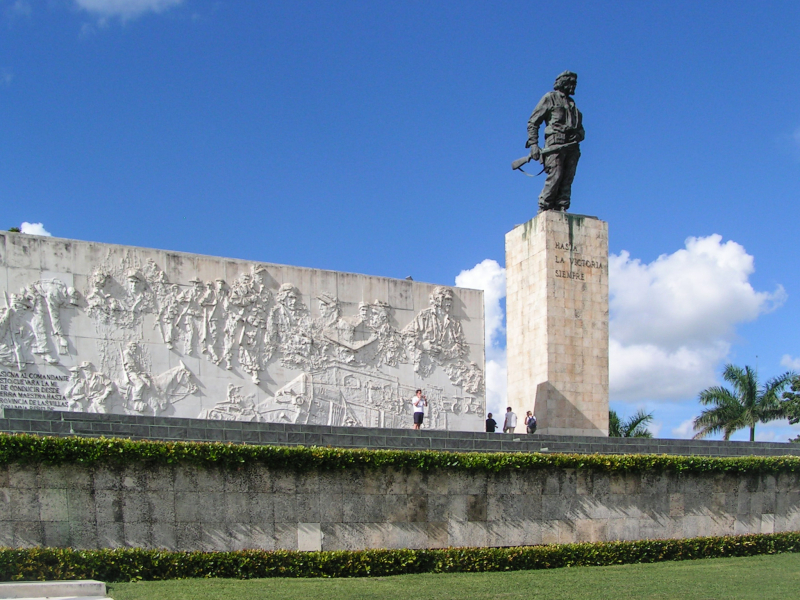
Che Guevara's Monument and Mausoleum in Santa Clara, Cuba -en.wikipedia.org -
One of the most important historical figures in Cuba is Camilo Cienfuegos Gorriarán. He was a Cuban revolutionary born in Havana on 6 February 1932 and died on 28 October 1959. He was a member of the 1956 Granma expedition, which initiated Fidel Castro's armed rebellion against Cuban dictator Fulgencio Batista's government, alongside Che Guevara, Fidel Castro, Juan Almeida Bosque, and Ral Castro. After winning a major battle in the Cuban Revolution, he became one of Castro's top guerrilla leaders, earning the moniker "Hero of Yaguajay." His signature weapons were a modified M2 carbine and a M1921AC Thompson.
Cienfuegos joined the underground student revolt against dictatorial President Fulgencio Batista in 1954. On the eve of the 19th-century Cuban independence hero Antonio Maceo's death anniversary, troops opened fire on Cienfuegos and other students returning to their Havana university after leaving a wreath on Maceo's statue. Cienfuegos later characterized this as the moment he vowed to liberate Cuba from the Batista regime. He left Cuba in March 1956, jobless and harassed by police, and returned to the United States, where he worked for a few weeks in Miami and San Francisco before traveling to Mexico to join Fidel Castro's small Cuban guerrilla force. When Cienfuegos arrived in Mexico, he befriended Castro and began training with the insurgents. In November 1956, he was one of 82 revolutionaries who boarded the Granma for Cuba.
On December 2, the Granma arrived in Cuba. The rebels were surprised by Batista's army in Alegra de Po after three days of wetlands and mangroves. The remaining insurgents fled in tiny groups and wandered for weeks in the Sierra Maestra highlands. Cienfuegos was one of the twelve survivors who returned to Castro a month later. In 1957, he was promoted to the rank of Comandante and became one of the revolutionary forces' leaders. Following the failure of the government's Operation Verano in 1958, Cienfuegos was given leadership of one of three columns heading west out of the mountains with the goal of conquering the provincial capital city of Santa Clara. Another column was led by Che Guevara, while the third was led by Jaime Vega. Batista's men attacked and defeated Vega's column.
He was appointed head of Cuba's military forces shortly after Castro's rebel army's triumph in 1959. Later that year, a tiny plane he was traveling in went missing on a night flight from Camagüey to Havana. Many people have theorized and conspired about his strange disappearance. Cienfuegos, which translates to "a hundred fires," is regarded as a Revolutionary War hero in Cuba, with monuments, memorials, and an annual celebration in his honor.
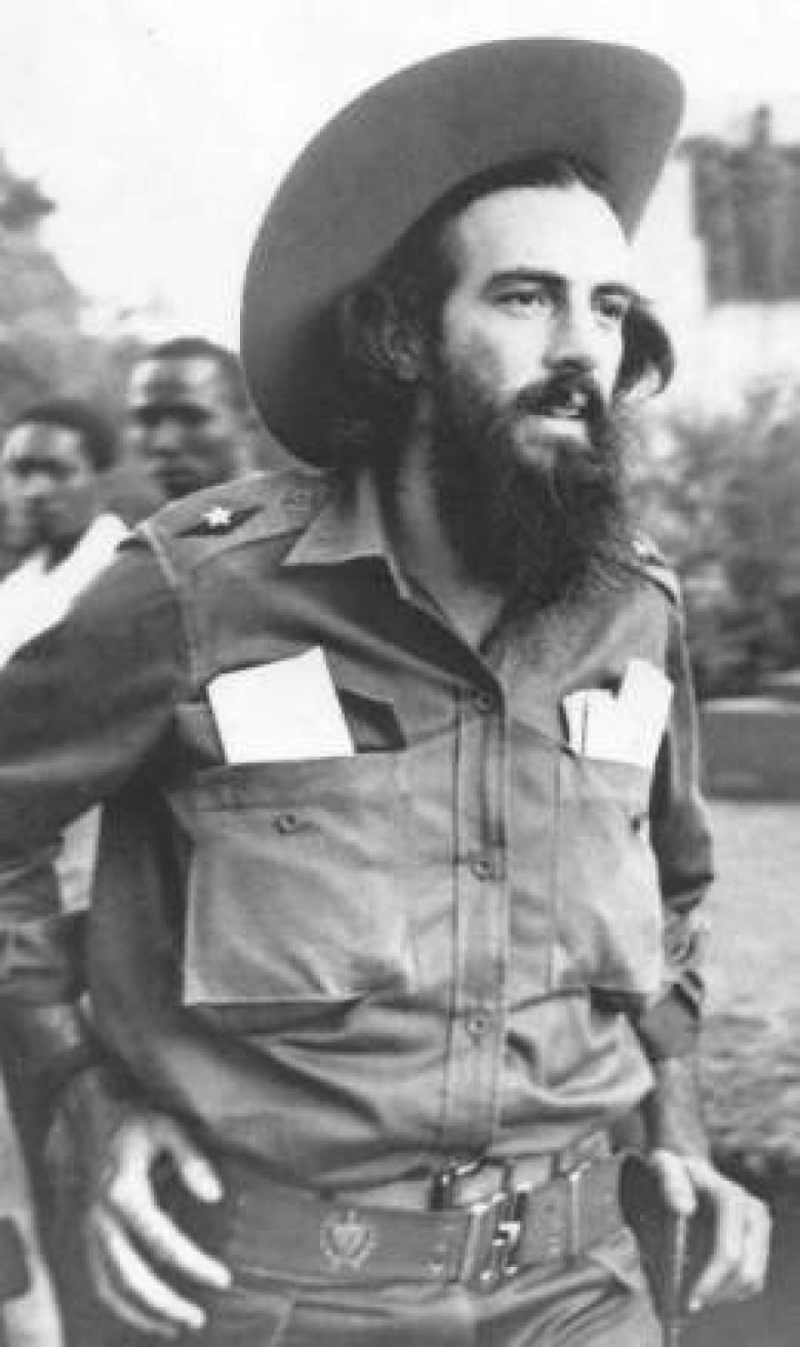
misiones.cubaminrex.cu 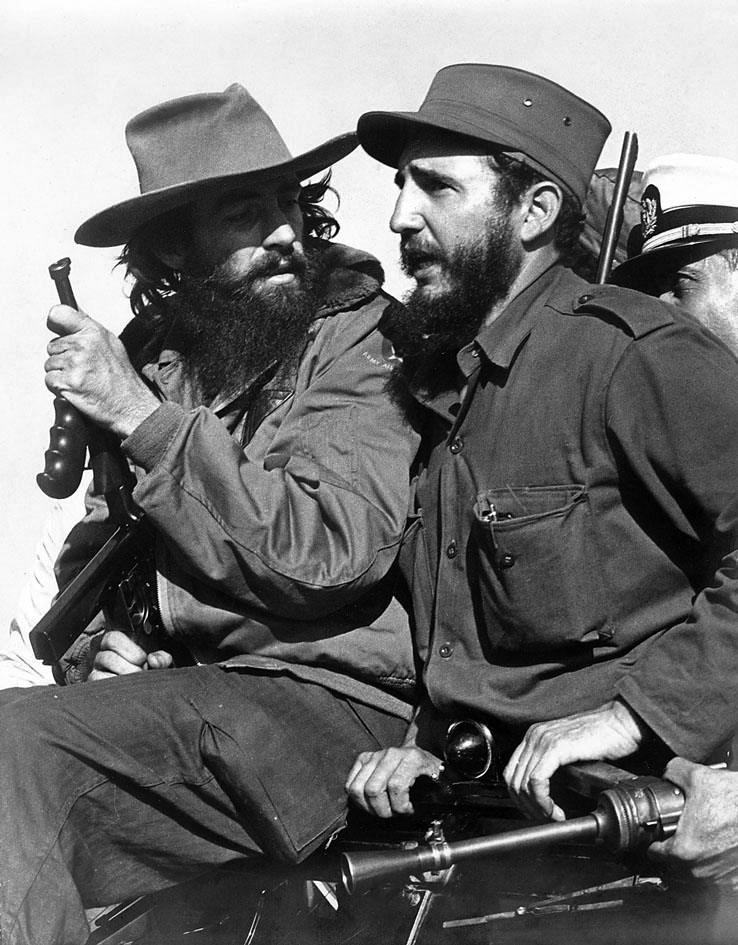
Cienfuegos, left, with Fidel Castro -en.wikipedia.org -
José Julián Martí Pérez (January 28, 1853 – May 19, 1895) was a Cuban nationalist, poet, philosopher, essayist, journalist, translator, lecturer, and publisher who is regarded as a Cuban national hero for his participation in the country's freedom from Spain. In addition, he was a significant character in Latin American writing. He was a prominent philosopher and political theorist who was politically involved. He became a symbol of Cuba's fight for independence from the Spanish Empire in the nineteenth century through his writings and political activities, and is known as the "Apostle of Cuban Independence."
From his adolescence, he dedicated his life to the promotion of liberty, political independence for Cuba, and intellectual independence for all Spanish Americans; his death was used as a rallying cry for Cuban independence from Spain by both Cuban revolutionaries and Cubans who had previously been hesitant to start a revolt.
Mart began his political engagement at a young age, having been born in Havana, Spanish Empire. He toured widely throughout Spain, Latin America, and the United States, increasing awareness and support for Cuban independence. His skill in uniting the Cuban émigré community, notably in Florida, was critical to the victory of Cuba's War of Independence against Spain. He was a pivotal player in the war's organization and execution, as well as the creator of the Cuban Revolutionary Party and its philosophy. On May 19, 1895, he was killed in combat during the Battle of Dos Roses. Mart is regarded as one of the finest Latin American intellectuals of the twentieth century. Poems, essays, letters, lectures, a novel, and a children's magazine are among his written works.
He contributed to various Latin American and American journals and started a number of them. His journal Patria was a crucial tool in his battle for Cuban independence. Many of his words from the book Versos Sencillos were transformed into the song "Guantanamera" after his death, which has become a popular representative song of Cuba. Freedom, liberty, and democracy are major themes in all of his works, which influenced Nicaraguan poet Rubén Daro and Chilean poet Gabriela Mistral. Mart's ideology became a major driving force in Cuban politics following the 1959 Cuban Revolution. He is also known as Cuba's "martyr."
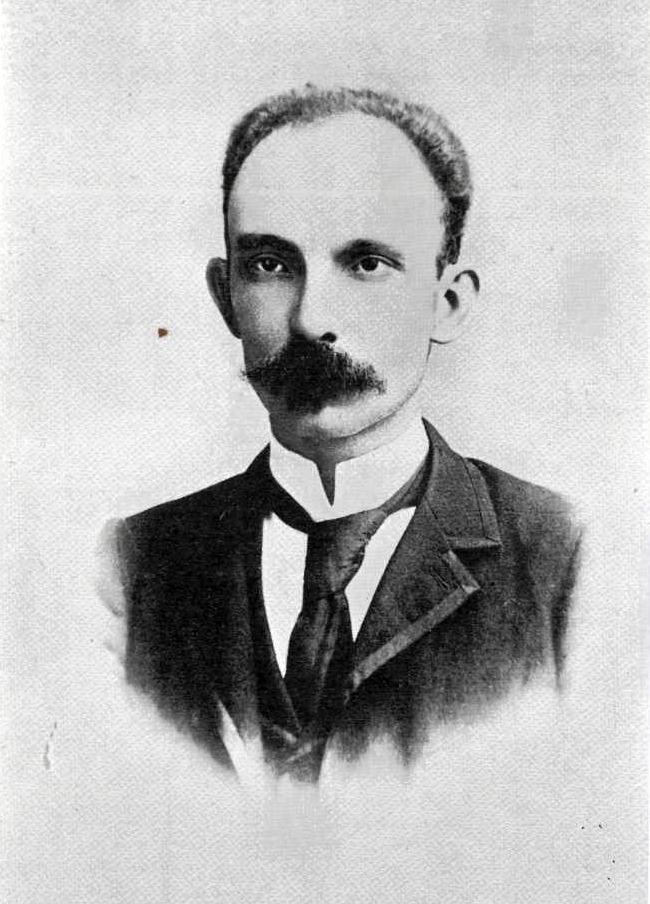
en.wikipedia.org 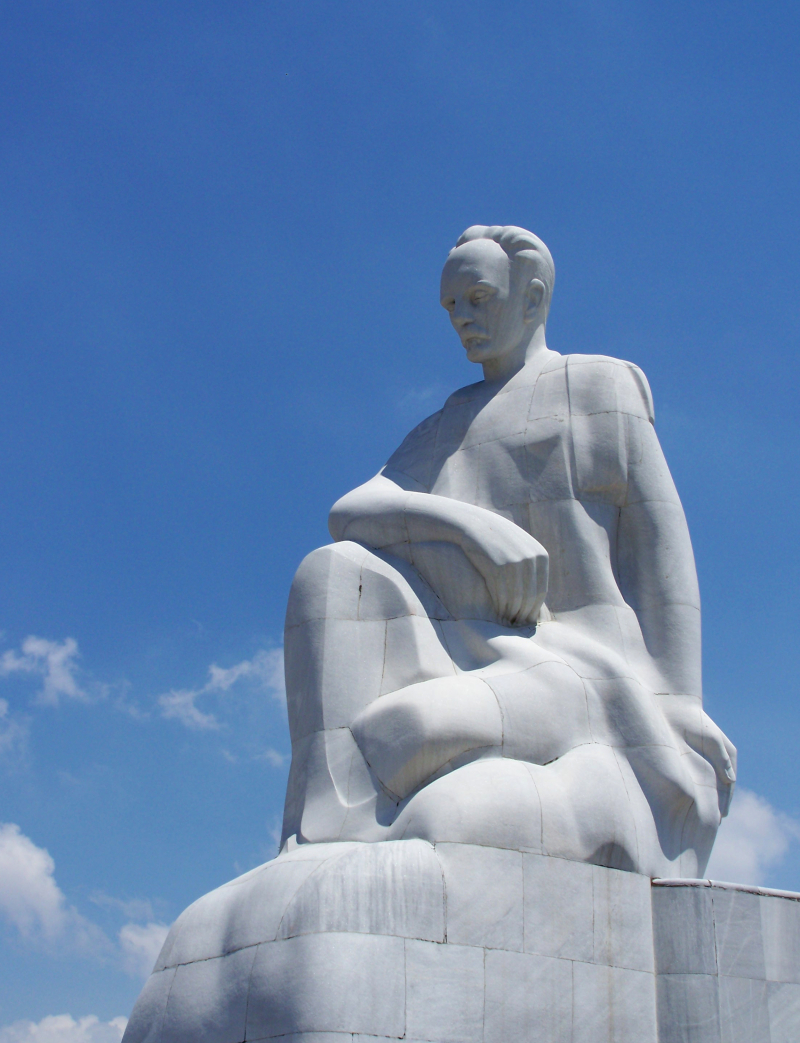
Statue of José Martí in Havana, Cuba -en.wikipedia.org -
One of the most important historical figures in Cuba is Carlos Manuel de Céspedes del Castillo. He (18 April 1819, Bayamo, Spanish Cuba – 27 February 1874, San Lorenzo, Spanish Cuba) was a Cuban revolutionary hero who served as the country's first president in arms in 1868. Cespedes, a Cuban plantation owner, emancipated his slaves and issued the Declaration of Cuban Independence in 1868, kicking off the Ten Years' War (1868–1878). This was the first of three independence wars, the third of which, the Cuban War of Independence, ended Spanish authority in 1898 and resulted in Cuba's independence in 1902. He is revered in Cuba as the "Father of the Fatherland" for his initiatives that led to the island's eventual independence.
Céspedes was a landowner and lawyer in eastern Cuba, near Bayamo, who bought La Demajagua, a sugar plantation, after returning from Spain in 1844. On October 10, 1868, he issued the Grito de Yara (Cry of Yara), declaring Cuban independence and kicking off the Ten Years' War. After ringing the slave bell, signaling to his slaves that it was time to work, they stood before him waiting for commands, and Céspedes stated that they were all free men and were invited to join him and his other conspirators in the battle against the Spanish government of Cuba. He is known as Padre de la Patria (Father of the Country). He was elected President of the Republic of Cuba in Arms in April 1869.
The Ten Years' War was the first major attempt to break free from Spain and free all slaves. The conflict was fought between two factions. Eastern Cuban tobacco planters and farmers, aided by mulattos and some slaves, fought against western Cuba's sugarcane fields, which required a large number of slaves, and the Spanish governor-army. general's Hugh Thomas summarized the battle as one between criollos (creoles born in Cuba) and peninsulars (recent immigrants from Spain).
Céspedes was overthrown in a leadership revolution in 1873. Because the new Cuban administration refused to allow him to go into exile and denied him an escort, Spanish troops assassinated him in a mountain refuge in February 1874. The war concluded in 1878 with the Pact of Zanjón, which included concessions such as the emancipation of all slaves and Chinese who had fought alongside the rebels, as well as no action for political violations, but no freedom for all slaves or independence. Although the Grito de Yara had not accomplished much, it had lighted a long-burning fuse. Its lessons would come in handy during the Cuban War of Independence.
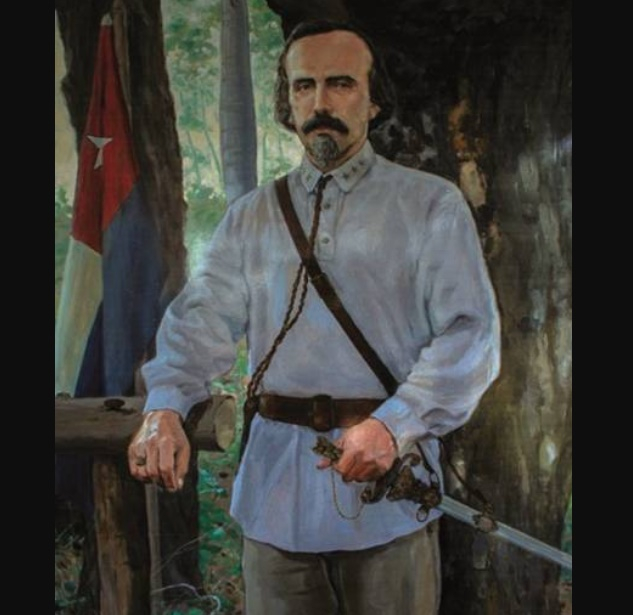
commons.wikimedia.org 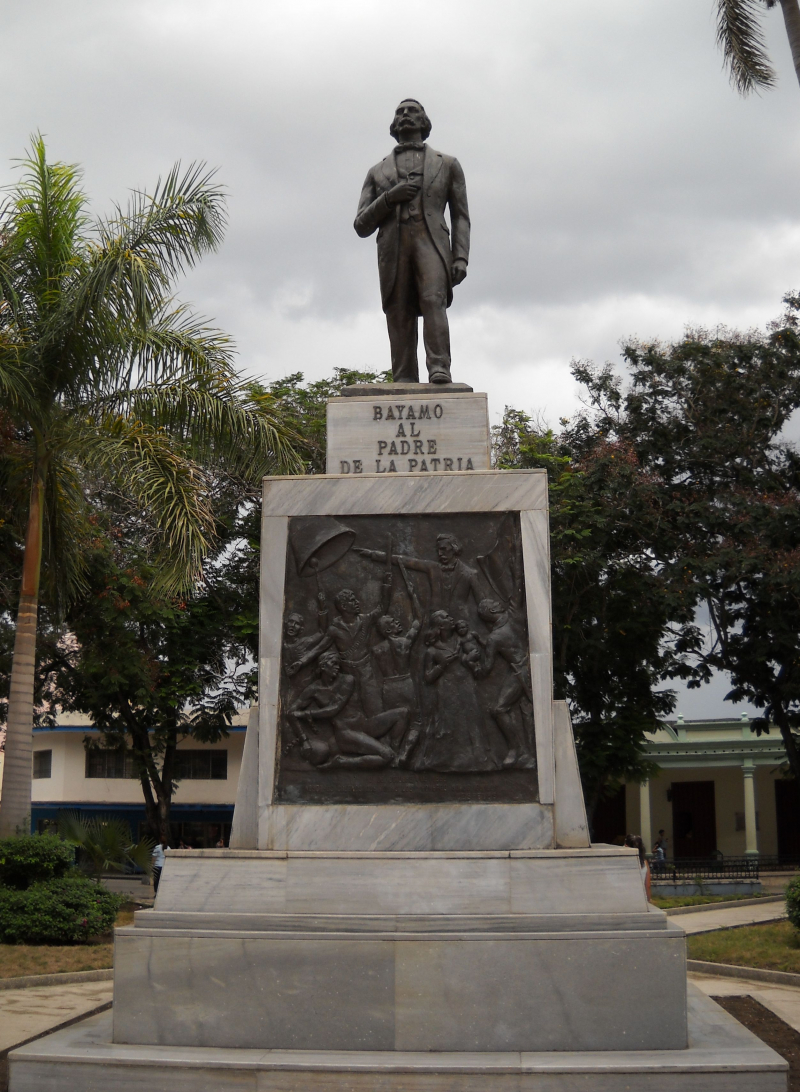
Statue of Carlos Manuel de Cespedes in Cespedes Park in Bayamo -en.wikipedia.org









